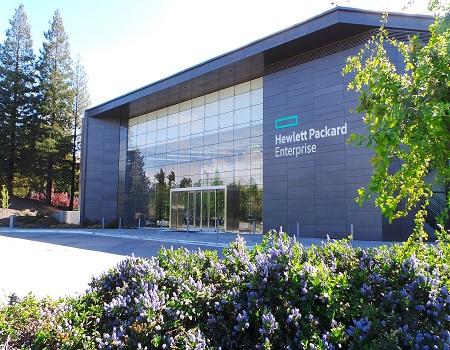With eye toward the future, HP Enterprise is now offering a vendor-neutral and multiple network supporting platform for building and analyzing data from the Internet of Things.


10 IoT Startups You Need To Know
10 IoT Startups You Need To Know (Click image for larger view and slideshow.)
The value of the Internet of Things will lie, not in the mere connectedness of devices or the data they generate, but in exposing that data to applications that can make use of it, HP Enterprise has concluded.
With that in mind, the company has geared its Universal Internet of Things Platform to capturing, converting, and analyzing masses of device data.
HPE formed in November from major parts of the old Hewlett-Packard, including the enterprise server, software, and data management businesses. In some ways, the Silicon Valley company is returning to its roots as it takes aim at the Internet of Things.
IoT's connected devices and small sensors will produce streams of data that will need to be captured and used. If Bill Hewlett and David Packard were alive, they'd point out how a business of producing small test and measurement devices could lead to bigger and better things.
Instead of focusing on the devices, however, the latest, reorganized version of HP will concentrate on the streams of data coming from these sensors as the real product. It will seek to capture it, convert it into a form that will be more useful for database analysis, and help create a set of applications to analyze it.
HPE unveiled its Universal IoT Platform May 10 at an event, Internet of Things World, in Santa Clara, Calif. The platform "dramatically simplifies integrating diverse devices with different communications protocols," explained Nigel Upton, director and general manager of HPE's IoT unit, in the announcement that day.
The platform, for example, will rely on oneM2M, an early attempt at a machine-to-machine standard. The standard is already backed by a varied assortment of companies, including Intel, Sony, Panasonic, Huawei, Qualcomm, Ericsson, Samsung, Oracle, Orange, China Telecom, Airbus Group, Adobe Systems, and Alcatel Lucent.
The platform is designed to be vendor neutral and industry agnostic, Upton noted in the announcement. It will support long-range, low-power LoRa wide area wireless networks and SIGFOX, a company in Lebege, France, that builds wireless networks for low-energy devices such as smartwatches, washing machines, and electrical meters.
The platform also supports more standard connectivity such as Wi-Fi, Bluetooth, cellular, and radio. In fact, it's designed to collect IoT data continuously from different types of underlying networks and maintain it in a consistent oneM2M data model.
The platform can perform device life cycle management across disparate gateways and underlying networks. It can combine device data with a mashup of data from outside sources to provide greater context to device data.
[Want to see how the IoT affects the consumer market? Read IoT, Fitness Trackers Powering Consumer Tech.]
The platform also has a developer portal where IoT applications can be built with the platforms connectivity plumbing available to the application. Developers may use HPE Vertica column-oriented database system for analytics or HPE Haven OnDemand, a set of APIs providing access to 60 machine-learning functions.
The platform can implement key exchanges and use Codec libraries to interpret data flows in a secure manner, Upton said.
Objenious, a subsidiary of Bouygues Telecom, a French provider of Internet, cloud, TV, and mobile services, is using the Universal IoT Platform to deliver IoT-based services for vehicle fleet management, remote meter reading, predictive maintenance, and geolocation.
The platform helped it build LoRa networks and connect devices to them. The HPE platform's help in building device networks has "enabled Objenious to lead in the IoT market," CEO Stephane Allaire wrote in the announcement, which appeared earlier this month.
The platform is generally available and can be deployed on-premises or in a private cloud as a data-capture and application-building service.
About the Author(s)
You May Also Like







